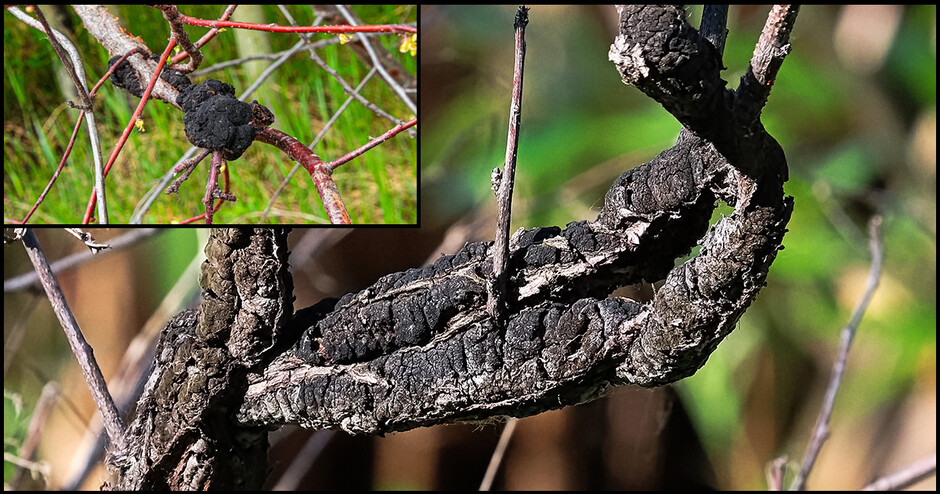Black Knot Info
Posted on
We've been getting some phone calls on Black Knot in trees and what to do about it. The following information was gathered by our Parks Crew.
Black Knot
These tar-like black swellings are a sign of Black Knot and will distort and stunt any tree species within the Prunus genus.
Black Knot reduces the aesthetic value of affected trees and, if left long enough, may result in eventual death of the tree.
The disease spreads in the spring, attacking new growth on branches. The spores released by the fungi can be carried by wind and splashing rain.
The only reliable method of controlling Black Knot is pruning.
BLACK KNOT - PRUNING INSTRUCTIONS
-
Only prune out the infected branches between late fall and early spring when plants are dormant, and the knots are easier to see.
-
Cleanly cut off at least 6 – 8 inches below the knot, better to prune back to a healthy collar, then leaving a stub.
-
For knots on branches or trunk that can’t be removed, use a knife to cut away disease tissue down to good wood and then ½ inch beyond the edge of the knot.
-
Cleaning your equipment is another good way to prevent the spread. Pruning shears should be dipped in a 1% bleach/water solution between cuts and once you are finished pruning ensure you run your tools under water for 10 minutes and dry thoroughly.
-
Treat pruned branches like hazardous waste, they can release spores for up to 4 months. Burn, bury, or wrap them in plastic and throw them in the trash. Do not compost.
